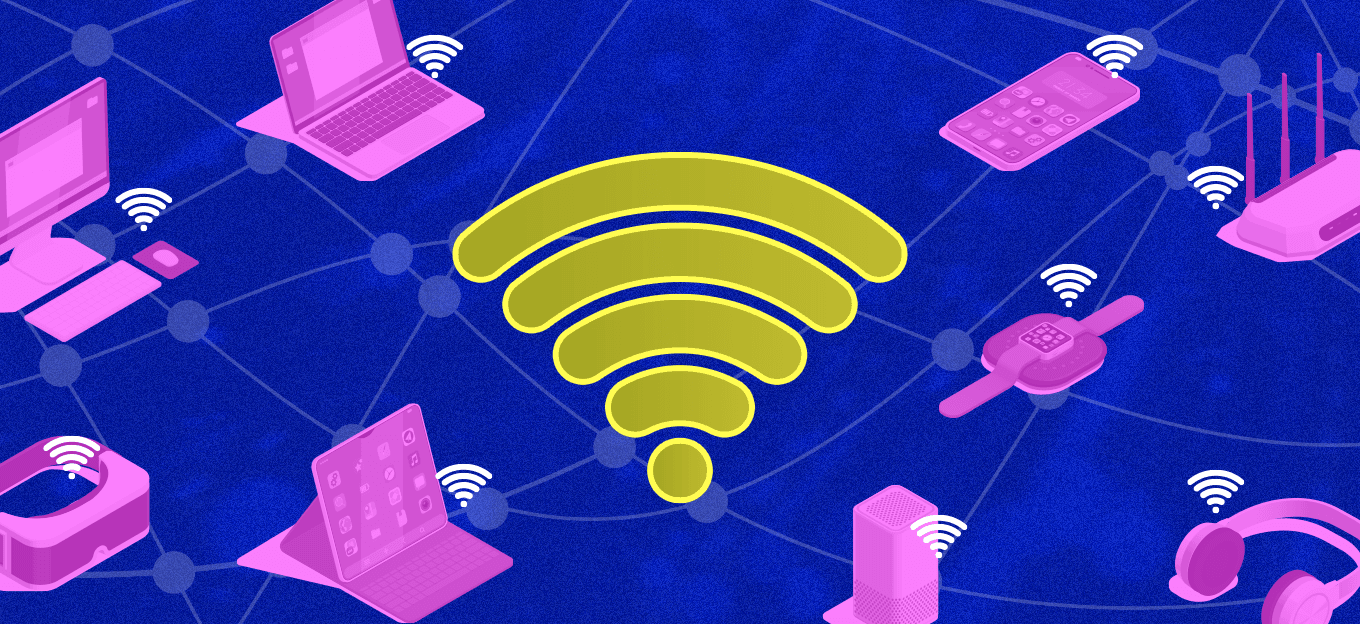What Is the Internet of Taxes?
What Is the Internet of Taxes?
- Last Updated: December 2, 2024
Guest Writer
- Last Updated: December 2, 2024



According to a McKinsey Global Institute report, IoT could have an annual economic impact of $3.9 trillion to $11.1 trillion by 2025. Adoption is accelerating across several settings, including factories, retailers, and even the human body. In fact, smart cities will reportedly create business opportunities worth $2.46 trillion by 2025, and by 2030 more than 70% of global smart city spending will be from the United States, Western Europe, and China. With AI and the rollout of 5G facilitating faster speeds and scalability, we will see even greater demand across sectors for IoT solutions.
The ability to tax IoT may require changing laws and regulations. As we continue to adopt smart solutions, companies have to get smart about the nuances and risks of IoT taxability.
An oft-repeated phrase says that nothing is certain but death and taxes; however, in the case of IoT, we can say that nothing is certain but growth and taxes - we don’t yet know how it’s all going to shake out. The demand for IoT is going to tempt federal, state, and local jurisdictions to tax it. With voice communications taxable revenues declining, taxing IoT is an attractive option to replenish their coffers.
In 1998, Congress passed a moratorium banning state and local governments from taxing internet access. This ban was extended several times. The Permanent Internet Tax Freedom Act (PITFA) converted the moratorium to a permanent ban and was fully implemented nationwide on July 1, 2020. Since the initial moratorium, the internet has risen to be a critical communication tool over other more highly taxed wireless and landline voice options, which continue a steady decline.
The ability to tax IoT may require changing laws and regulations. This process could take some time, but there is a complicated web of laws, regulations, and tax liabilities surrounding IoT in the interim. As we continue to adopt smart solutions, companies have to get smart about the nuances and risks of IoT taxability.
There are two easy questions that will help you to begin to understand your IoT taxability risk.
1) Is your company selling internet access?
2) Is your connectivity embedded or over-the-top?
Over-the-Top or Embedded Connectivity
If your device is networked over a user-supplied connection, then access is over-the-top or bring-your-own Internet connectivity. The over-the-top connection can be wired, Wi-Fi, or purchased separately from a wireless service. For example, if you sell a wireless printer, users connect through their home or office network. You are not supplying the internet, but the device. In these cases, as an IoT device maker, you likely have no responsibility for the customer’s internet connection.
Different than over-the-top, an embedded connection is part of the device. If you sell a device that comes with its own data connection as a component of the sale or service plan, it is embedded. Smartphones are a great example of an embedded connection. The relationships between device makers and network operators can feature widely variable structures. The device provider may need to account for any taxes that need to be collected related to the connection.
The World Wide Web of Gray
Defining internet access may appear intuitive, but not all connectivity is considered internet access. If you are selling a service that meets the statutory definitions of ISP service, the federal law provides a moratorium against state and local taxes.
Private connectivity, however, is often taxable. Unlike the public internet, private connectivity occurs via a Local Area Network (LAN) or Wide Area Network (WAN). This type of access is considered a taxable communication service in most states. If the network is interstate, this will also subject you to the Federal Universal Service Fund fee (FUSF), which is currently 33.4%, an all-time high for this fee and growing higher every quarter.
However, there are questions about whether connections to devices that do not enable a WWW experience - you connect to the internet, but the end-user can’t log onto Facebook or perform a Google search - meet the federal definitions of ISP service. If you do not meet those definitions, then your likely tax destination could be LAN/WAN.
Avoid the Dead Zone
IoT is here to stay. As you develop and deploy IoT solutions, it will be critical to stay informed on the web of tax rules that may or may not apply to your business. Monitor federal and state agencies that have jurisdiction over internet taxation and stay abreast of any changes on the horizon.
With so much uncertainty, it can be tempting to push the envelope, but a conservative interpretation of tax guidance can proactively protect you from being caught off guard.
Finally, to avoid hitting a dead zone, don’t try to navigate the changes on your own. Consult with your tax and legal advisors to ensure that you are aware of the latest developments and plan your course of action accordingly.
The Most Comprehensive IoT Newsletter for Enterprises
Showcasing the highest-quality content, resources, news, and insights from the world of the Internet of Things. Subscribe to remain informed and up-to-date.
New Podcast Episode

The State of Cybersecurity in IoT
Related Articles


